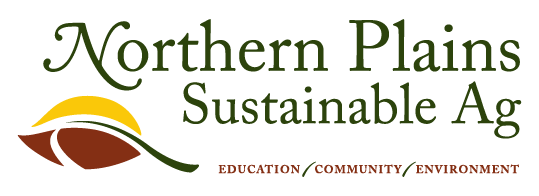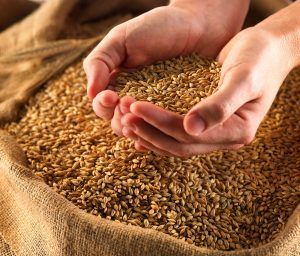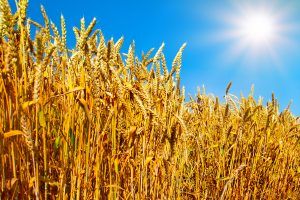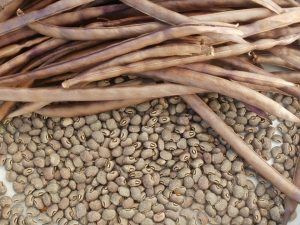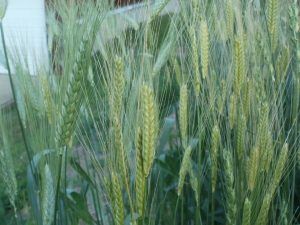About FBC
NPSAS Farm Breeder Network
Click Here to follow the Farm Breeding Club on Facebook
About the Farm Breeder Network (Formerly Farm Breeding Club)
Our food security depends upon farmers’ ability to obtain and grow a diversity of seeds for safe and nutritious foods. Their ability to do this is threatened by increasing corporate control of seeds and genetic material, including the patenting of genetics. Sustainable farmers are losing the power to choose what seed to grow, where the seed comes from, and how it is produced. Without ongoing variety improvement we are loosing yield potential every year.
The Farm Breeding Club (FBC) brings farmers together to share knowledge and seed stock for seed saving, crop breeding and fellowship. This project gives farmers the information they need in order to participate as partners in public plant breeding and to take on their own breeding projects at home. This project seeks to support public plant breeding and to revive a long tradition of seed saving and on farm breeding to ensure the availability of adapted and productive varieties. The FBC also seeks to maintain breeding and seed saving rights for farmers, the original plant breeders.
Farmer members determine FBC projects and goals. Farmers are connecting with one another and with researchers to actively improve, save and share seeds. We are also linking with groups and individuals worldwide to build farmer-centric plant breeding and seed networks.
The NPSAS Farm Breeding Club is working to address priorities for new variety development set by the NPSAS membership. One of those priorities is helping members with their own on farm or in garden breeding projects. We have developed several videos highlighting hard pollination of corn and squash, how and why to develop corn with crossing incompatibility, and the Value-Added Organic Grain project for which FBC and NDSU collaborates.
History of the Farm Breeding Club
The NPSAS Farm Breeding Club began with Raoul Robinson’s book, RETURN TO RESISTANCE. Raoul’s book struck a cord with some organic farmers, particularly those who grow wheat. Organic farmers depend upon varieties that are full height, which means they also have a good root system and are more competitive with weeds, and have good protein and falling number levels.
Unfortunately, all of the new varieties being released by private companies were high yielding, low protein, dwarf wheats poorly adapted to organic farming systems, and public breeding programs were poorly funded with no discernable varieties in the pipeline which organic farmers could use on their farms. Essentially we had the old variety Coteau to grow and not much else. At the time we were seeing an increase in the disease levels on wheat in the Dakotas.
The industry answer was to spray fungicides which organic farmers could not do. Since organic farmers had no input into the public breeding agenda, we saw little choice but to start a breeding program for ourselves.
Simply, Return to Resistance describes how farmers can breed and select varieties of crops which thrive under organic or low input management systems, have durable, long lasting disease resistance, and from which the seed can be saved without “running out” or losing their vigor or disease resistance over time.
Raoul was also concerned that farmers have lost control over the seeds they plant and proposed such farm breeder clubs so groups of farmers might retain ownership of the genetic heritage of their crops. Raoul describes his work with such clubs, most notably with Kenyan farmers in the development of potatoes with durable resistance to viral and bacterial diseases. Raoul’s work remains controversial, but more recent discoveries in genetics has proven Raoul’s theories correct.
NPSAS invited Raoul to our winter conference where he inspired a number of members to form a farmer breeder club. By consensus it was decided to target wheat, oats, sunflowers, buckwheat and potatoes as crops which were most in need of breeding for organic systems.
Initially, we thought it prudent to procure funding in partnership with those breeders in the public system who were willing to work with a group of yeoman organic farmers with a vision which in some fundamental ways differed from our 100+ year old public system.
We began such work with the oat breeders from ND,SD, and MN. Eventually, because of political and policy changes within the university system, the public breeders were forbidden to work with the FBC. We were told, ”Participatory plant breeding is something they do in the third world.”
The FBC none-the-less continued work with variety trials of wheat, barley, emmer, einkorn, and triticale, and did the final selection on a wheat line given to the club by a private breeder which resulted in the release of FBC Dylan. A modern landrace of emmer is now being increased.
Central to the FBC vision is adherence to the concept that all seeds/germplasm should retain public ownership and cannot be patented by individual entities. Thus Dylan made a bold statement to the modern world as it was released in the public domain. There is much work that can be done to safeguard farmer’s rights as the seed industry continues to consolidate.
It is important to note that the NPSAS Farm Breeding Club may have been the first such group to exist in North America. Since, other groups have organized, some working with public breeders, to do similar work. Leaders from these other groups have communicated to us that the FBC’s existence gave them permission to start their work. So even as our work may so far be small, it has inspired others to begin such important work around the continent.
